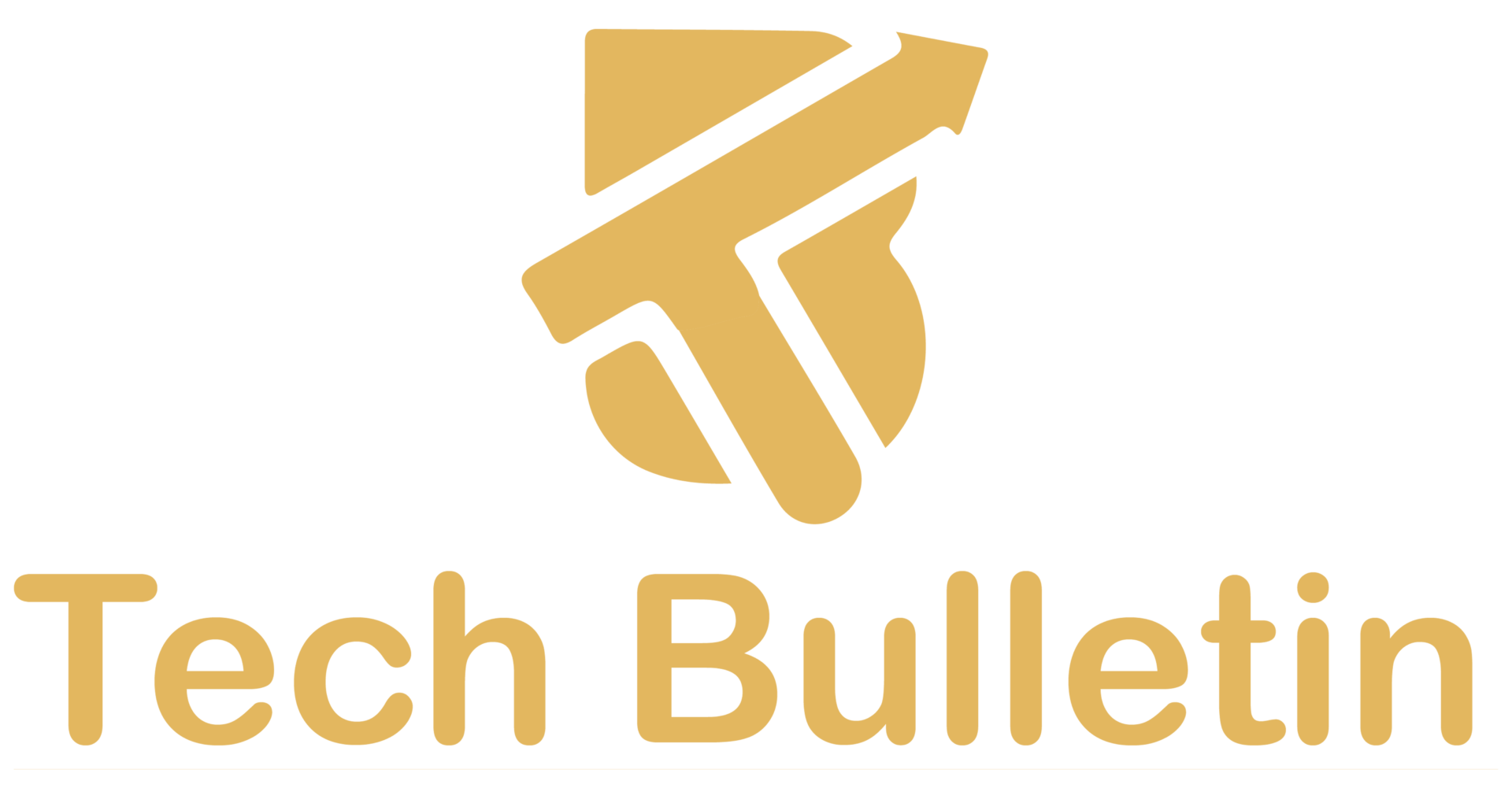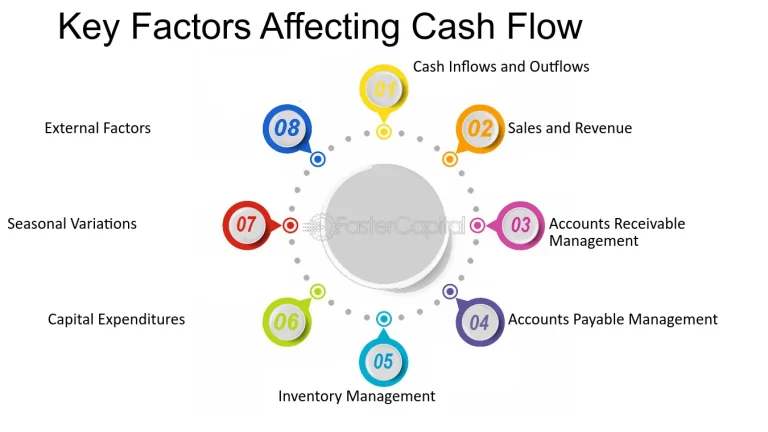How to Use AI for Stock Trading: A Beginner’s Complete Guide
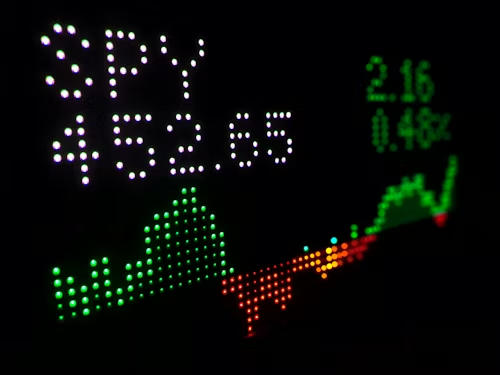
Artificial Intelligence (AI) is transforming the way we live, work, and invest. From self-driving cars to voice assistants, AI helps make smarter decisions faster, and the world of stock trading is no exception.
Not long ago, successful investing meant spending hours studying charts, financial statements, and market news. Today, AI-powered systems can analyze thousands of data points in seconds, identify trends humans might miss, and even execute trades automatically.
If you’ve ever wondered how to use AI for stock trading, and whether it can really make a difference; this guide will walk you through everything you need to know.
What Is AI Stock Trading?
AI stock trading means using computer systems that learn from data to make investment decisions. These systems don’t rely on emotions or guesswork. Instead, they use algorithms; sets of instructions that tell the computer what to do to analyze patterns, make predictions, and sometimes even place trades automatically. AI in stock trading can:
- Process vast amounts of market data instantly
- Recognize complex patterns humans might overlook
- Adapt as new information becomes available
- Reduce human bias and emotional decision-making
Example: Imagine you have a digital assistant that studies hundreds of stocks every day, reads financial news, tracks global trends, and gives you signals on which stocks are likely to rise or fall. That’s essentially what AI trading systems do; only faster and with far more data.
Why Investors Are Turning to AI
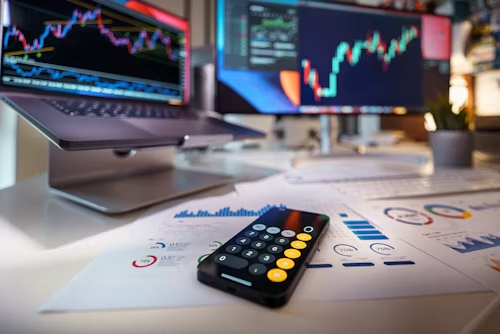
Investors everywhere are turning to AI for stock trading because it makes the process faster, smarter, and more efficient. Artificial intelligence can analyze millions of data points in real time, allowing traders to react instantly to market changes instead of relying on gut instincts.
Making data-driven decisions, AI reduces emotional bias and helps investors focus on facts and probabilities. It’s also a powerful tool for managing risk; AI models can forecast market volatility and even spot early warning signs before a downturn hits.
What makes AI trading even more appealing today is its accessibility; it’s no longer limited to big hedge funds or Wall Street pros. Everyday investors can now use AI trading platforms to automate their strategies and execute trades based on predefined rules.
In short, AI helps traders save time, minimize mistakes, and take advantage of market opportunities with confidence.
How AI Works in Stock Trading
At its core, AI learns from data. The more quality data it receives, the better its predictions become. Here’s how it typically works:
Step 1: Data Collection
The first step for AI is gathering data from multiple sources. This includes stock prices and historical charts to spot patterns, company earnings reports to understand financial health, and even news articles or social media posts to gauge market sentiment. AI also looks at economic indicators and global events that could impact markets. The more diverse and reliable the data, the better the AI can understand the bigger picture.
Step 2: Data Analysis
Once the data is collected, AI gets to work analyzing it using machine learning algorithms. These algorithms are like super-smart math formulas that identify relationships between different pieces of information. for example, how a sudden spike in trading volume might affect future stock prices. By spotting these patterns, AI can start predicting potential market movements more accurately than a human could by manually scanning charts and reports.
Step 3: Prediction or Signal Generation
After analyzing the data, the AI generates insights or signals to guide trading decisions. It might predict whether a stock is likely to go up or down, suggest the best time to buy or sell, or even score stocks based on potential risk and reward. Essentially, it’s turning mountains of data into simple, actionable recommendations that investors can understand and act on without needing to crunch the numbers themselves.
Step 4: Execution and Monitoring
In more advanced AI trading systems, the process doesn’t stop at predictions. AI can automatically execute trades according to predefined rules and continuously monitor how each trade performs. It adjusts strategies in real time based on changing market conditions, ensuring that your portfolio stays aligned with your goals. Think of it as having a tireless trading assistant that never sleeps and constantly looks for opportunities while managing risks.
Popular AI Techniques Used in Trading
Several types of AI methods power stock trading systems:
- Machine Learning (ML) is the foundation of most AI trading systems. It uses statistical models to learn from past data and make predictions about future price movements. Think of it as teaching a computer to spot patterns in historical stock charts and use that knowledge to forecast trends.
- Deep Learning takes things a step further. Inspired by how the human brain works, it uses neural networks to recognize more complex patterns that might be invisible to the naked eye. For instance, a deep learning model can study years of price data to identify subtle trends before a stock surge happens.
- Natural Language Processing (NLP) allows AI to “read” and understand text. By analyzing financial news, earnings reports, or even social media chatter, NLP can gauge market sentiment. It can detect whether the overall tone is positive or negative, helping traders anticipate how the market might react.
- Reinforcement Learning is another exciting technique. This method trains AI through trial and error, similar to how humans learn from experience. The AI tests different strategies, learns what works best, and continuously improves its decision-making over time.
Tools and Platforms for AI-Based Stock Trading
You don’t need to be a coding expert or data scientist to use AI in stock trading. There are plenty of user-friendly tools designed for everyday investors:
- Trade Ideas: Offers AI-driven trade suggestions and real-time alerts to help you spot potential opportunities quickly.
- Tickeron: Uses pattern recognition to predict stock movements, making it easier to identify trends without spending hours on charts.
- TrendSpider: Combines automation with technical chart analysis to provide smarter insights for timing your trades.
- MetaTrader with AI Plugins: Lets you build custom trading bots using machine learning models if you want a more hands-on approach.
- Kavout: Uses its proprietary “Kai Score” to rank stocks based on AI analysis, helping investors focus on high-potential opportunities.
When selecting a platform, keep these factors in mind:
- Easy to use
- Transparency of algorithms
- Historical performance
- Cost or subscription models
- Data privacy and security
(Disclaimer: The above examples are for educational purposes only and not financial endorsements.)
How to Start Using AI for Your Own Trading

Getting started with AI in trading doesn’t have to be complicated. With the right approach, even beginners can harness its power safely and effectively. Breaking the process into simple steps, you can learn how to use AI to analyze stocks, make smarter decisions, and manage risk without feeling overwhelmed.
Step 1: Define Your Goals
Before diving into AI trading, the first step is to be clear about what you want to achieve. Are you looking to analyze stocks for long-term growth, find short-term trading opportunities, or manage risk and diversify your portfolio? Defining your goals upfront helps you pick the right tools and strategies that match your needs, so you can focus your efforts where they matter most.
Step 2: Learn the Basics
You don’t need to be a tech expert to use AI in trading, but understanding the basics goes a long way. Learn fundamental trading concepts like price trends, support and resistance levels, and common technical indicators such as moving averages or RSI. It also helps to know how AI algorithms make predictions so you can trust the insights and use them effectively in your strategy.
Step 3: Pick an AI Trading Platform
Once you understand your goals and the basics, it’s time to choose a platform. Look for a reliable and transparent provider that offers tools aligned with your needs. Many platforms provide free trials or demo accounts, which are perfect for testing how the AI works before you commit real money. Choosing the right platform is key to setting yourself up for success.
Step 4: Backtest Your Strategy
Before using AI with real money, backtesting is important. This means running your strategy against historical market data to see how it would have performed. Backtesting helps you refine your model, identify potential weaknesses, and reduce the risk of costly mistakes when trading live. Think of it as a practice run that builds confidence in your strategy.
Step 5: Start Small
When you’re ready to trade live, start with small amounts. Investing gradually allows you to monitor how the AI performs under real market conditions without exposing yourself to unnecessary risk. Starting small also gives you room to adjust and learn as you gain experience, making your trading journey safer and more manageable.
Step 6: Monitor and Adjust
AI trading isn’t a “set-it-and-forget-it” process. Markets constantly change, and even the smartest algorithms need regular updates and fine-tuning. Keep an eye on performance, review your strategy, and make adjustments as needed to stay on top of evolving market conditions. Staying engaged ensures your AI continues to work effectively for your goals.
Benefits of AI Trading for Beginners

If you’re just starting out in investing, AI can be a real game-changer. One of the biggest advantages is that it helps reduce emotional bias, so you’re less likely to panic sell or make impulsive decisions.
AI also provides faster insights by analyzing real-time data, which saves you from spending hours on manual research. Beyond that, it’s a great learning tool, helping beginners understand how data-driven trading works and how market patterns can be interpreted.
Automation is another perk. AI can handle repetitive tasks, so you stay active in the market without spending all your time in front of a screen. That said, it’s important to remember that AI is a tool, not a magic solution. Success still depends on good risk management, patience, and understanding how your AI system makes its decisions.
Common Mistakes to Avoid
While AI trading is powerful, there are pitfalls to avoid:
- Over-trusting automation: Always review and monitor your trades.
- Ignoring market fundamentals: AI works best when combined with human judgment.
- Using bad data: Poor data leads to inaccurate predictions.
- Not testing enough: Failing to backtest can lead to costly surprises.
- Chasing hype: Choose tools based on results, not popularity.
Risks and Limitations
While AI can be a powerful tool for stock trading, it’s important to understand its limitations. One major risk is data quality; inaccurate or outdated information can lead the AI to make poor predictions. Another challenge is the “black-box” problem, where some algorithms are so complex that even experts can’t fully explain how they reach decisions.
Markets are also inherently unpredictable, and sudden global events like pandemics or geopolitical crises can disrupt even the smartest models. Additionally, advanced AI platforms may come with costs, such as subscription fees or specialized hardware.
The best approach is to use AI as part of a diversified investment strategy, rather than relying on a single system, and to stay engaged in monitoring your trades to manage risk effectively.
The Future of AI in Stock Trading
The future of AI in stock trading looks incredibly exciting, with technology evolving faster than ever. We can expect smarter sentiment analysis tools that instantly read and interpret global news, giving traders a clearer picture of how world events might impact the market.
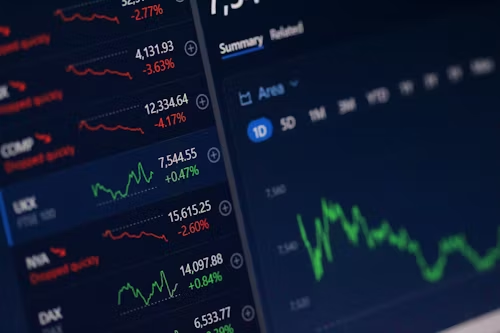
AI is also likely to integrate more closely with blockchain data, improving transparency and accountability in trading systems. In the coming years, hyper-personalized trading assistants powered by voice commands could make investing as simple as talking to your phone. Alongside these innovations, stronger regulations will help ensure fairness, stability, and investor protection.
Just as AI has revolutionized how we shop, communicate, and live, it’s now transforming how we invest, and those who start learning to use AI today are setting themselves up to stay ahead of the curve tomorrow.

